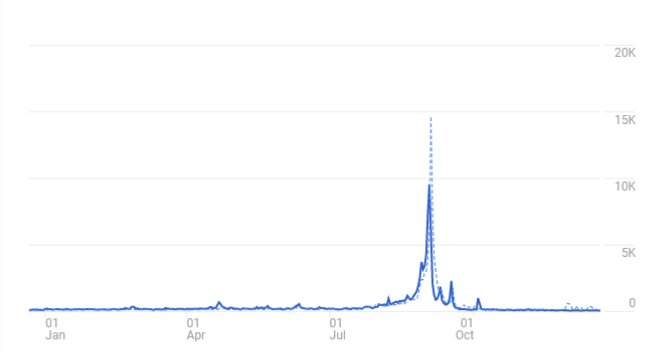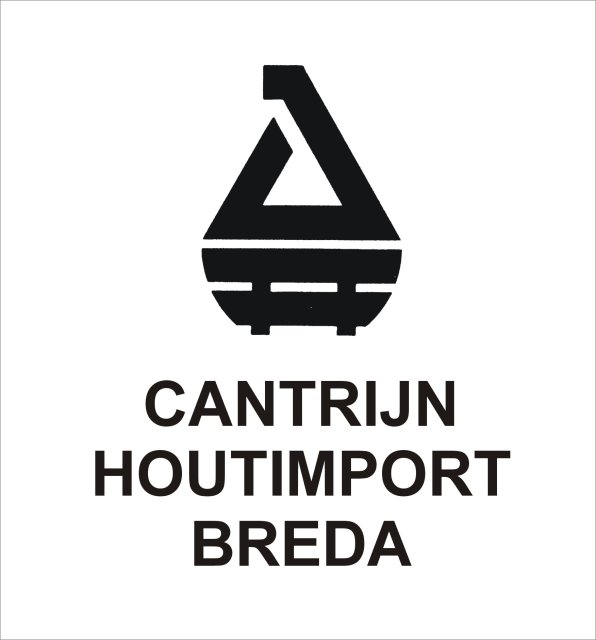Migrating corsozundert.nl to Azure
29 May 2018
On the first sunday in september the small town of Zundert (NL) receives a lot of visitors. On this day the biggest flower parade of the world takes place in the streets of Zundert. Volunteers (and mostly inhabitants of Zundert) have been working on giant floats covered in flowers for almost half a year!
The first weekend of september

Just before, after and during this weekend, corsozundert.nl gets a lot of visitors:
- On sunday morning people are looking for information about the entrance fees, parking options, and at what time the parade will start.
- On sunday evening people visit the website to see how the floats ranked.
- All weekend we have a lot of visitors showing interest after they’ve read or seen something in the dutch media
For corsozundert.nl it all comes down to the first weekend in september!
Last year corsozundert.nl wasn’t able to handle the amount of visitors and let them down with ugly PHP error messages. Those errors weren’t doing any justice to the beautifull floats, so that’s why we (a small team of volunteers with an IT background) decided this year we would try to take corsozundert.nl to the next level.
Corsozundert.nl ran on a single VPS (running PHP and MySQL). It made the WordPress perform great during times traffic was low, but had no options to handle the traffic spike during this weekend. That’s why we decided to move corsozundert.nl to the cloud. Since we had some experience in our day-to-day jobs with Microsoft technologies and our organisation met all conditions to apply for the Microsoft for Nonprofits program, Microsoft’s Azure was the obvious choice.
Optimizing WordPress for Azure
We started of with thefollowing resources to move the WordPress installation to:
We had it up and running pretty quicky. So now we had this scalable platform for corsozundert.nl. In the Azure Portal we could easily create more instances (scale out) or upgrade to better plans (scale up). There is only one downside to this: you have to pay for this 🙂
We needed to make sure we were getting as much as we could from every euro spent and that’s why we investigated if we could optimize our WordPress installation.
What we already had was:
- The WP Super Cache plugin which creates static files for your WordPress pages so the server won’t have to get to the database.
What we did to make more efficient use of the resources was:
- Checking the WP Super Cache plugin. It turned out another plugin (Polylang) forced the homepage not to be cached. Any visitor of the homepage would take the server more resources than necessary.
- Replacing the plugins Really Simple SSL and Simple 301 redirects with code in .htaccess. This is much and much faster because you get the redirect before you hit the PHP execution.
- Setup Azure Redis Cache as a distributed object cache for WordPress.
- Moving our uploads directory to Azure Storage and make it act like a CDN. The images are directly served from the Azure Storage servers which leverages our webserver and enables the browser to asynchronously load resources from 2 different servers.
After these optimizations we noticed the homepage performed way better. The Chrome Developer Console showed us the following rendering times of the homepage (with browser caching disabled)
- VPS: 1.77 seconds
- Azure: 0.55 seconds
Simulate lots of traffic
To check if we were doing any good we knew we had to simulate a busy day. We did that using Siege. This really nice open source tool helps you generate a lot of requests to a website and reports back how long it took and how many requests were succesfull. We ran a few simple test scenarios against our VPS and our Azure setup (1 x S1 App Service, 1 x MySQL B1, Redis C0) to compare the results.
100 concurrent users for 1 minute randomly visiting a page every 0 to 3 seconds
| Environment | Transactions | Availability | Average | Longest | Shortest |
| Azure | 2.695 | 100% | 0.67s | 2.08s | 0.12s |
| VPS | 2.430 | 94,66% | 0.83s | 21.11s | 0.04s |
200 concurrent users for 1 minute randomly visiting a page every 0 to 3 seconds
| Environment | Transactions | Availability | Average | Longest | Shortest |
| Azure | 3.172 | 100% | 2.11s | 8.31s | 0.14s |
| VPS | 3.792 | 93,95% | 1.48s | 25.00s | 0.05s |
500 concurrent users for 1 minute randomly visiting a page every 0 to 3 seconds
| Environment | Transactions | Availability | Average | Longest | Shortest |
| Azure | 3.062 | 99,35% | 5.85 | 35.14 | 0.46 |
| VPS | 732 | 49,26% | 14.06 | 32.00 | 0.18 |
After these tests we were confident our Azure setup was outperforming the old VPS. Even though it was slowing down at 500 concurrent users it still had a >99% availability.
Scale up or out?
The next step was to experiment with different setups to see what would give the best performance under load. We examined the logs of previous load tests and saw in the metrics the MySQL database didn’t consume a lot of resources. Therefore we focussed on the App Service
We added the price of running all weekend for each setup just to check what it it would cost to run this setup during the busiest weekend of the year.
These were the setups we tried and the results when for 1 minute, 500 concurrent users visit a page every 0 to 3 seconds.
| Setup | App Service Price for 72h | Transactions | Availability | Average | Longest | Shortest |
| S1 [1x] | € 5,83 | 3.062 | 99,35% | 5.85 | 35.14 | 0.46 |
| S1 [2x] | € 11,66 | 8.021 | 100,00% | 2.08 | 13.46 | 0.15 |
| S2 [1x] | € 11,59 | 6.617 | 98,07% | 2.81 | 28.46 | 0.11 |
| P1v2 [1x] | € 11,59 | 10.977 | 100,00% | 1.15 | 7.54 | 0.13 |
| P3v2 [1x] | € 46,15 | 11.802 | 99,64% | 0.85 | 10.77 | 0.11 |
| P3v2 [20x] | € 923,04 | 13.528 | 100,00% | 0.61 | 10.83 | 0.10 |
As you can see our WordPress installation gained more performance (and value for money) when we scaled up to a P1v2 compared to scaling out to an extra instance of the S1. We think this is due to the fact the P App Services have a SSD hard drive whereas the S App Services have a HDD hard drive. Since the WP Super Cache plugin makes sure most of the pages are served from disk, we believe our WordPress really benefits from the SSD drives.
And now…
.. we wait until the busiest weekend of the year. We’ll surely post a follow up shortly after to let you know the lessons we learned under a heavy load caused by real users. We hope to see you the first weekend of september in Zundert!
← Naar overzicht













